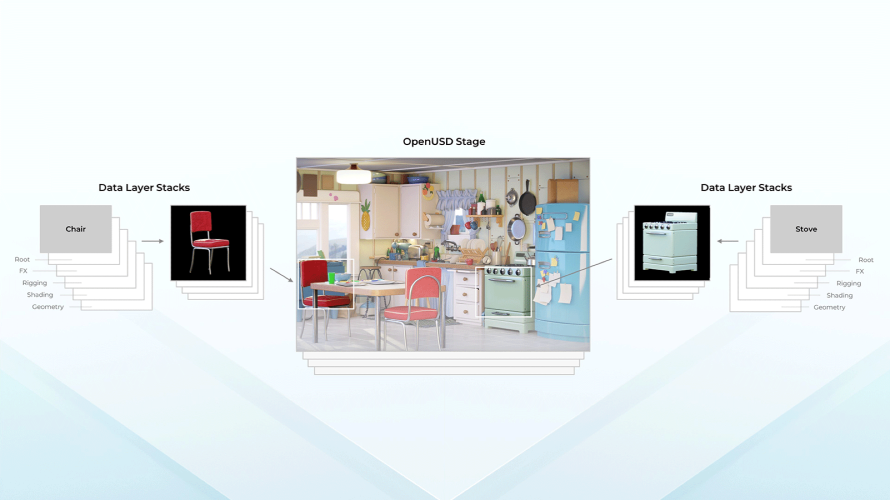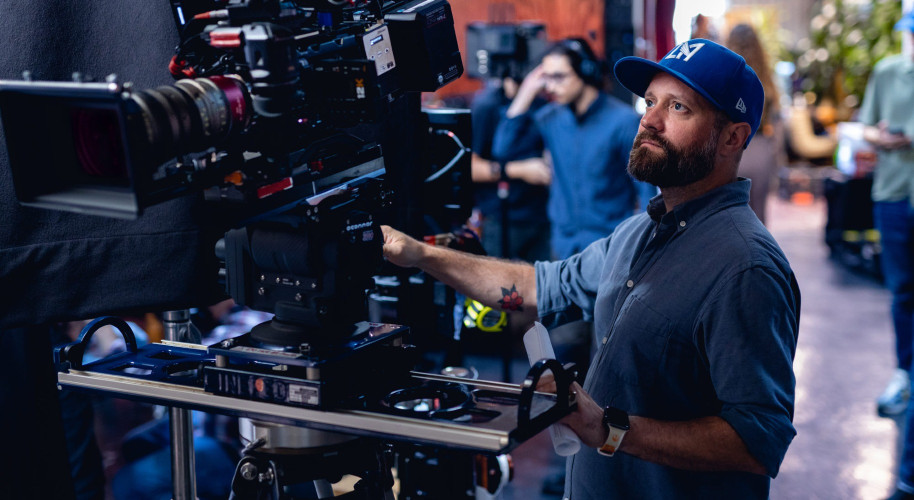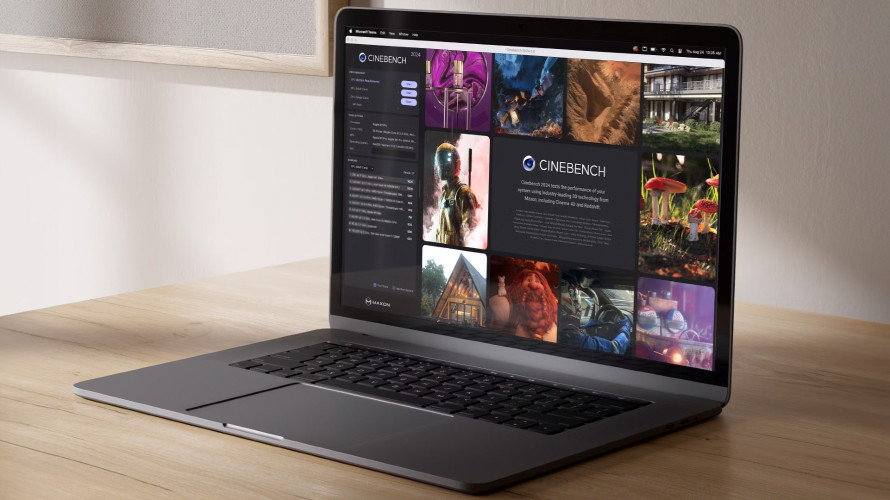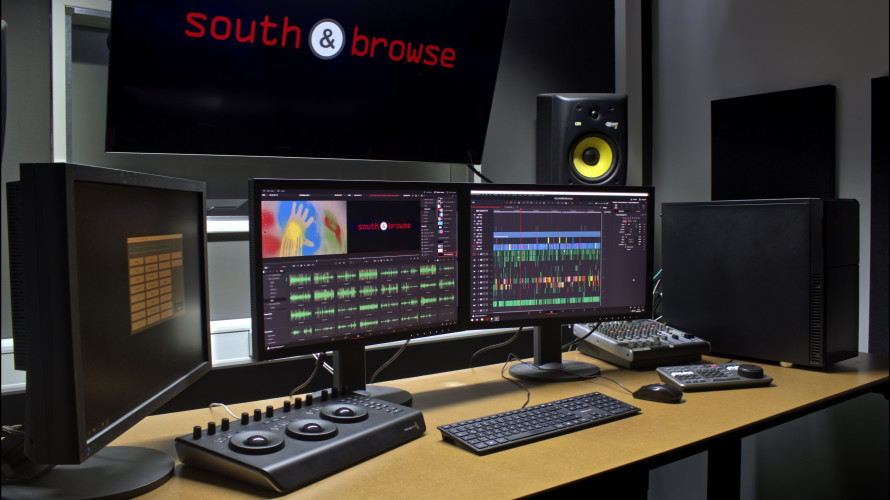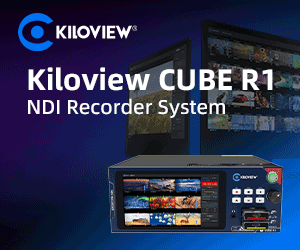Convergence Grading for Stereoscopic 3D Broadcast with DaVinci Resolve

Author: Bob Pank#
Published 1st January 2012
After soldiering through a long run of freelance work in Soho, I had a couple of days off. I thought, “It’ll be nice to relax a little bit,” which is when I got the call.
“We have this project with quite a tight turnaround, a couple of days to deliver 75 minutes worth of 3D.” I told them to hold on — this would be my first 3D job. They replied, “It’s ours too!”
As I learned more about the job, I got more excited, as well as increasingly comfortable. It was a concert with Brit and Mercury Award-winning artists Elbow, Live on Air: Elbow 3D. It was produced by HD-Music.TV’s Peter Van Hooke, the creator of the Live from Abbey Road series. “If you’re game, we’re game,” he said, to which I answered, “Bring it on!”
Elbow’s performance was recorded in a rehearsal space in Wakefield with full-scale lighting rigs and sound systems, a full sized stage — everything exactly as it would be for their stadium tour: The perfect practice venue.
I came in towards the tail-end of the project. Conform was pretty much complete by then, with delivery of the grade scheduled for mid-week. Working at Air Post, the post-production facility in Shoreditch, I used the XSAN integration between their Final Cut Pro suite and the Resolve to bring everything over via EDL, and I have to say, it came across perfectly.
This is what I have come to expect from working with Blackmagic Design’s DaVinci Resolve, provided you are strict with your workflows. As a freelancer, it was a nice way to start my first 3D job, in a facility working on their first 3D job.
CONVERGENCE PASS
We started the grade that afternoon, beginning with a tweak to the 3D convergence pass that the editor had already set up, getting the two eyes generally lined up. We wanted this sorted out before we went into the creative grade, because there’s nothing worse than the director spotting a convergence error, and having to stop the session to fix it.
In DaVinci Resolve 8, additional automated convergence control has been added, but we were using version 7 at the time — not a problem, as we still found the control we needed. Differences between the two eyes can be displayed via “anaglyph,” which is especially helpful to nail your point of convergence.
In the case of shooting the performance by Elbow, that wasn’t as easy as it might sound. It was a stadium-sized shoot, so the depth of field on some shots coupled with the action happening in all these different planes was not insignificant. There were so many elements like microphone stands, lights, and amp stacks that could unexpectedly pop all the way out of the screen — wildly off what was intended, resulting in ghosting between the eyes that was just not an option.
BETWEEN THE EYES
This recording of Elbow’s performance wasn’t lit for 3D broadcast. It was lit for the stadium tour. The cameras took in a kind of bird’s eye view, with the idea that you were meant to feel like you were in the program, and not just watching from outside. The fact that it wasn’t lit from a perfect studio perspective or a stage performance that was specifically designed from the start for 3D had quite a profound effect on the differential between left and right eyes.
Lens flares are one example. In something like a tracking shot where lead singer Guy Garvey would step out from the center to walk along the edge of the stage, a lens flare that appeared prominently in one “eye” might not be seen at all in the other.
Often in the blacks, a little blue might seep into one eye, or a lot of green depending on what that lighting set up was. There could also be luma shifts, depending on where each lens was in relation to the light, especially in the shadows.
As that shot moved and the disparity between the eyes changed, the net effect was such that due to the differential in luma and or color between the eyes, your eyes didn’t know where to focus. In fact, it’s almost like the shot went out of focus, so it was very important for us to keep the disparity between the eyes to a minimum.
Once we were on top of that, it was smooth sailing.
In the end, we didn’t have any major convergence issues, and with the Sky tech spec being fairly strict, this was great to hear. If you can send something to Sky and get it passed, you know you’ve done a good job.










